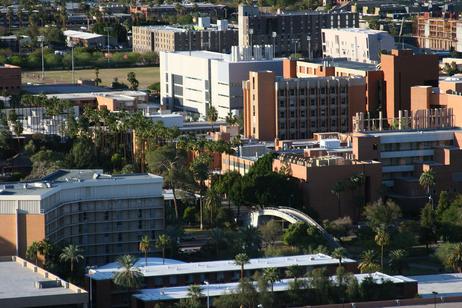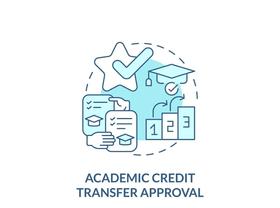Students enter community college with plans to eventually transfer to a four-year university for a number of reasons. The student may have limited funds and will try to save money by getting lower division courses out of the way at community college, before heading to a university to complete major requirements. Some students may not have a high enough GPA at graduation to move directly into the university of their choice, so they take the first year or two of classes at community college until their GPA is high enough for a successful transfer.
No matter what your reason for transferring from community college, success in your academic endeavors is surely your ultimate goal. This article will explore the success rate of community college students that transfer to a four-year institution, as well as some of the factors that help determine performance after transferring.
What is Transfer Shock?
One concern for community college students transferring to four-year institutions is something commonly referred to as "transfer shock" in higher education circles. According to a report at the National Academic Advising Association (NACADA) website, transfer shock refers to the dip in grade point average that is experienced during the first or second semester at a new school. Transfer shock is a concern for educators as well as students, and it may impact the number of transfer students a university may be willing to accept in any given year.
Transfer shock is a very real phenomenon that affects




























